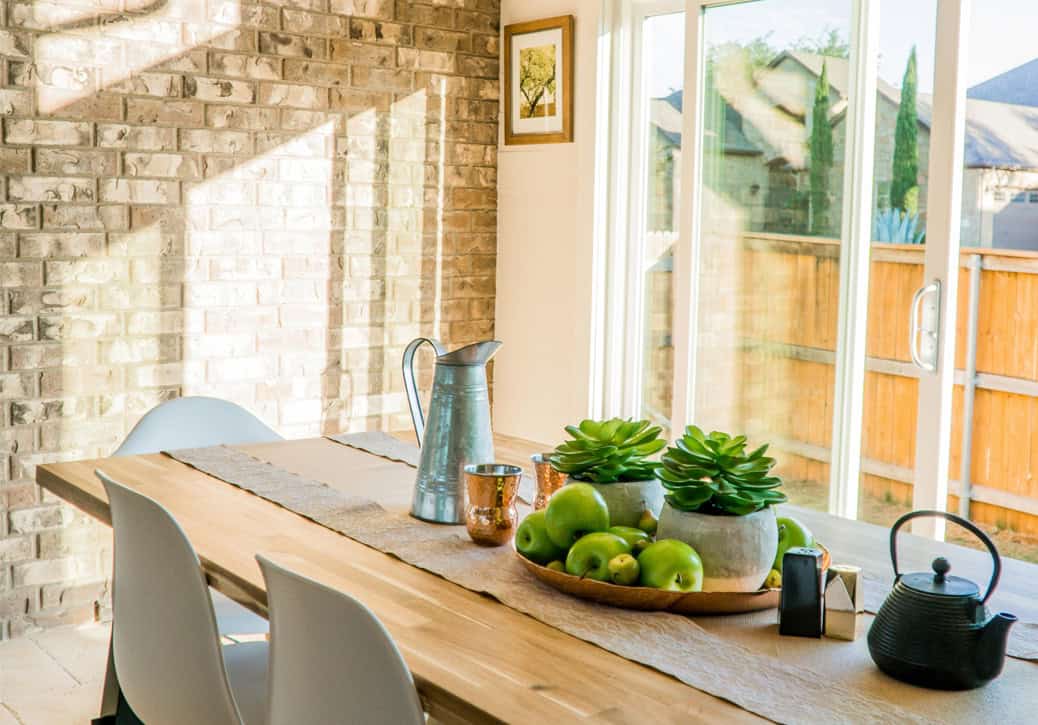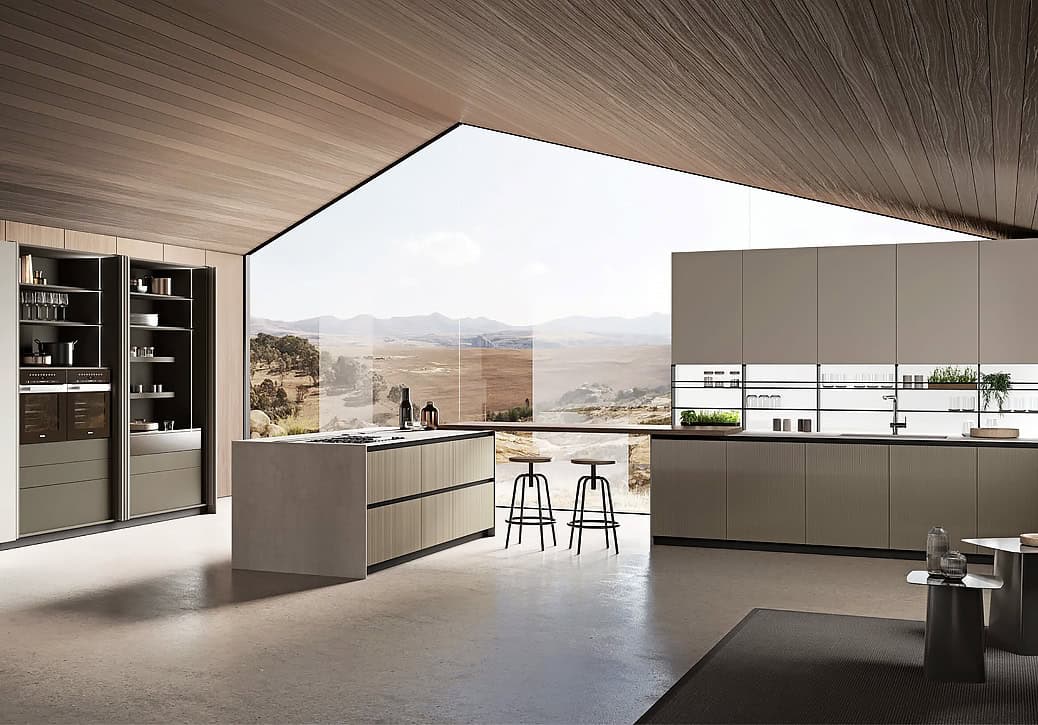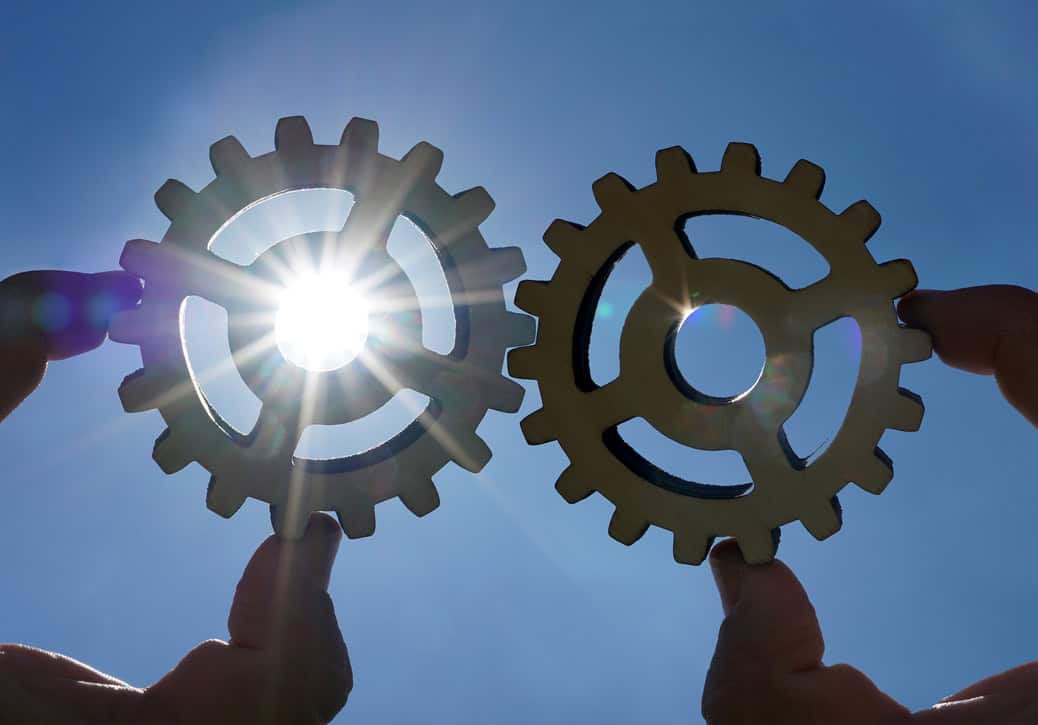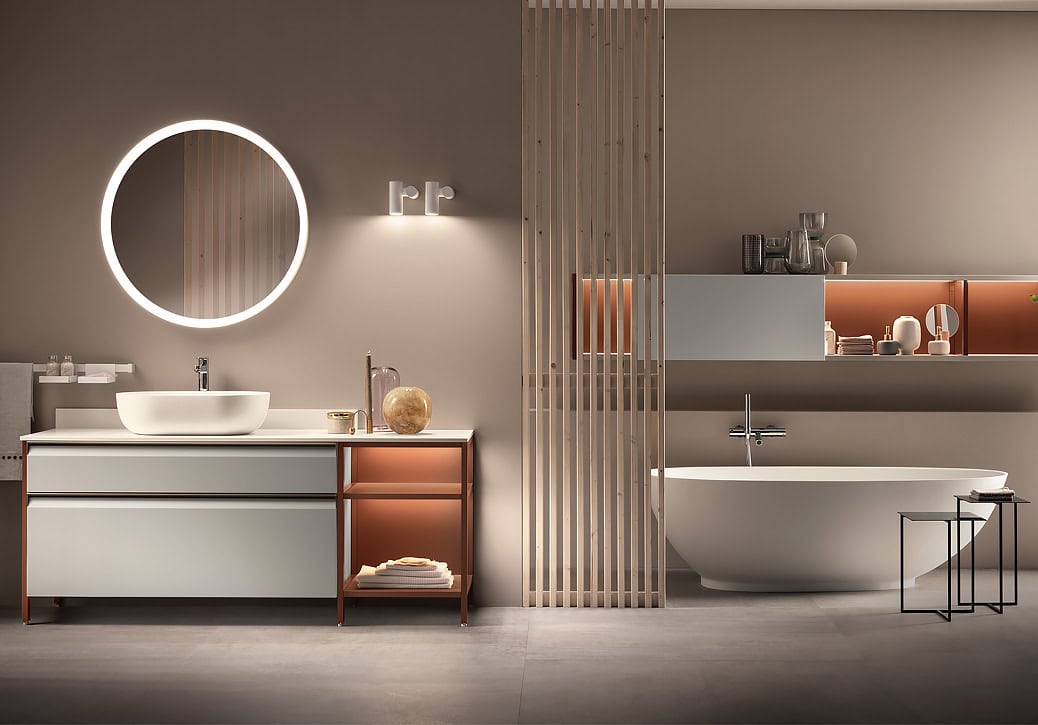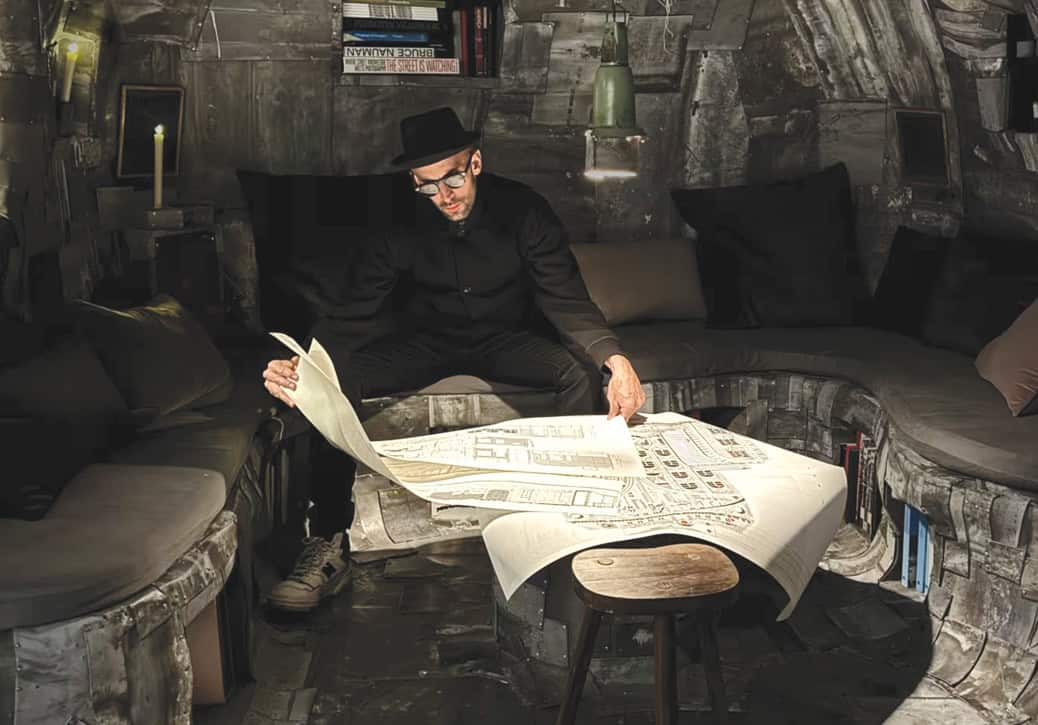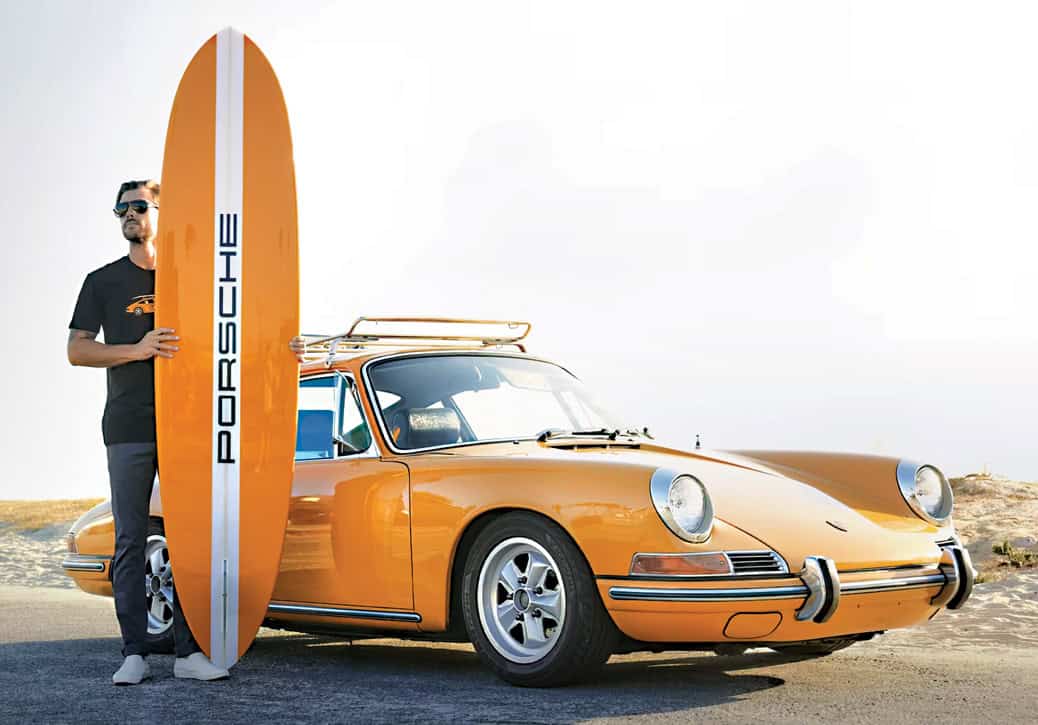By Keith Edwards
 “Your fire element is excessive! Is your mind always racing?” my spa therapist whispers after studying an impressive range of charts and graphs. Just minutes before, she’d used a handheld device to measure what she said was “my energy at the traditional Chinese meridian.”
“Your fire element is excessive! Is your mind always racing?” my spa therapist whispers after studying an impressive range of charts and graphs. Just minutes before, she’d used a handheld device to measure what she said was “my energy at the traditional Chinese meridian.”
I had to admit that she was right. I was in a bit of a tizzy. Perhaps the incipient flames had been fuelled by the frenetic energy that’d been transferred during my time in nearby Taipei. Thankfully, the necessary extinguishment process began the moment I entered the lobby at Volando Urai Spring Spa & Resort. Slowly my eyes were drawn to an egret; still and snowy white as he stood against the dense, green foliage of the steeply raked riverbank. The startling, green, spring water that fed the river drew me in. The sense of harmony and peace that the interior designers had imagined and then created, had begun its magic.
Volando Urai is a 23-room Relais & Chateaux hotel, spa and hot spring. A seamlessly gentle blend of natural and built environments creates a stunning sense of place that’s in tune with the spa’s four elements of wellness and harmony: earth, water, stone and metal.The serrated edges of the Atayal traditional slate feature walls, built without mortar, were particularly impressive.
A stunning river view greets me as I explore my pied-à-terre for the next few days. It’s a sizable room that boasts a king-size bed elegantly draped with a gauzy canopy, a more than adequate salle de bain and a lovely private, hot-spring bathing pool with hot and cold water piped in from the hillside opposite from it. After a soothing soak to take in the healing waters and the view simultaneously, I’m lulled into a bit of a trance by a hypnotic CD composed for Volando by Oliver Wang.
Sundown life ceremony
Conducted by the resident artistic director on an infinity pool at the river’s edge, it’s an enchanting way to end the day. The director and one of his disciples sit cross-legged on a wooden raft in a meditative state, so as to commune with nature and each other. Intermittently, one of them strikes one of their various-sized, sonorous brass bowls and ringing echoes far across the opposite riverbank. A gong master answers from afar and the simple ceremony continues to “celebrate Mother Nature for her efforts.” This life ritual purportedly helps hotel staff to abandon the purely formal service rituals and quietly and naturally get in tune with their guests’ needs.
Rather ironically, later that same evening, in what appears to be an ode to his darker side, the resident artistic director delivers an electrifying drumming performance on a large taiko-like drum.
If you go: The somewhat ramshackle local village of Wulai set amid the jagged mountains is a short walk away. The Wulai Atayal Museum of the local indigenous peoples is a must-see. And at the end of a rickety former log cart railway, we discover the Gaga theatre where, twice a day, a touristy but energetic dance show celebrates Atayal history and culture.
Naked in Taipei…
I’m overcome by conflicting emotions: somehow I should blend in with the elegant, minimalist surroundings of Villa 32, yet I’m stark naked and lowering some of my more sensitive parts into nearly 40-degree, murky hot spring water. My fellow bathers in the secluded, open courtyard have no such reserve and happily cavort from one outdoor pool to another before finally sinking into the 18-degree cool indoor pool, which, by comparison, seems arctic cold.
Villa 32, in the leafy and prosperous Taipei suburb of Beitou, is blessed with natural hot springs, first discovered over a century ago. Until 2005 the springs were part of a private club, the air of which is retained even today. Aside from green and white sulphur springs, there’s a deep blue chloride sodium bicarbonate spring, a golden yellow dolomite spring and a deep green hydrogen calcium sodium spring.
From the comfortable relaxing area off the courtyard I gaze down on one of Beitou’s original steaming hot springs set in a lush park setting where dozens of tourists are snapping selfies. I refrain from following suit. Rather, I don the appropriate attire and head off to see the five spacious suites: two are double-storey Euro-style and three are traditional Japanese. They all book up far in advance. A half-day package allows me to sample the hot spring pools, use the tatami mat room and chill out in the indoor/outdoor reading and relaxation areas.
The polite uniformed staff, who seem quite used to coaching novices such as me through the rituals, are discreetly absent until I need them. I’ve been told to limit my time in any one pool to just 15 minutes so, after about an hour of rotational skinny dippy, I’ve just about got the hang of it not to mention, got my nerve up. But, alas, it’s time for lunch—believe it or not, Italian style.
Le Moût
 It seems almost sacrilegious when the maître d’ politely urges me to take up my Christolfe spoon and studiously stir a portion of winter black truffle, lily bulb and broth jelly into my green bamboo salad—a dish that my eyes tell me truly is art. The magnificent result: an astonishingly balanced yet individual range of aromas and flavours; sweet, salty, bitter, sour. Each element, as I soon discover,
It seems almost sacrilegious when the maître d’ politely urges me to take up my Christolfe spoon and studiously stir a portion of winter black truffle, lily bulb and broth jelly into my green bamboo salad—a dish that my eyes tell me truly is art. The magnificent result: an astonishingly balanced yet individual range of aromas and flavours; sweet, salty, bitter, sour. Each element, as I soon discover,
is sparked through every dish.
Le Moût’s Grand Chef, Lanshu Chen, wants to tell us stories and share a variety of emotions and cultural memories. Drawing on the Taiwanese street food tradition, her training at Le Cordon Bleu, work with Chef Jean-François Piège in Paris and Chef Thomas Keller in California, Chef Chen has developed what she terms ‘cuisine de terroir’, a style of cooking inspired by the Chinese word “jong”, which means “melting, fusing and harmonizing.”
The restaurant itself is an interesting mélange of rococo French, antique furniture, chandeliers, drapes and white tablecloths in a modernistic building suffused with natural light. The tables in the second floor dining room are deliberately set well apart for privacy.
Combined with discreet, soothing music, the ambiance is perfect for savouring fine food. The attentive, but approachable staff are pleasantly formal and knowledgeable.
A house-branded glass of chilled, crisply elegant 2008 Cuvée Le Moût Restaurant Blanc de Blancs keeps me company as I anticipate the arrival of my 10-dish tasting menu with wine pairings. Each dish that follows is as close to perfection as you can get. My individual preferences, rather than any objective rankings, include the  sumptuously rich and creamy veal sweetbreads with sweet corn, almond and vin jaune which add balance and depth. The wine pairing: a 2012 Les Belles Collines Russian River Chardonnay is buttery, rich and creamy to complement the richness without overpowering.
sumptuously rich and creamy veal sweetbreads with sweet corn, almond and vin jaune which add balance and depth. The wine pairing: a 2012 Les Belles Collines Russian River Chardonnay is buttery, rich and creamy to complement the richness without overpowering.
If anything comes close to a signature dish it’s pigeon, served today Yilan style with cured pork liver, chanterelles and lapsang souchong tea. Its roasted red-brown flesh is tender, moist with the crispy skin adding an umami touch. I hardly need one of the Fontenille-Pataud Gilles® knives that are offered. Although the menu wine pairing indicates a 2006 Barolo, I’m served a 2005 California Cabernet Sauvignon whose aged, dark fruit is an ideal choice.
Chef Lanshu Chen says she shares love and a passion for life: “I hope when guests taste my food they have the true pleasure of tasting and a sense of pure euphoria.”An outstanding honeyed, floral, but fresh, 2008 Klein Constantia Vin De Constance accompanies the two dessert dishes. The crystal taro ball is another gastronomic piece of art: a fragile, transparent orb sparkling with violet, blueberry, coconut and green tea. By now I have overcome my reticence and smash it open to reveal its magical layers that ooze with flavour and textures.
Couldn’t have said it better myself…Euphoria comes no purer.


